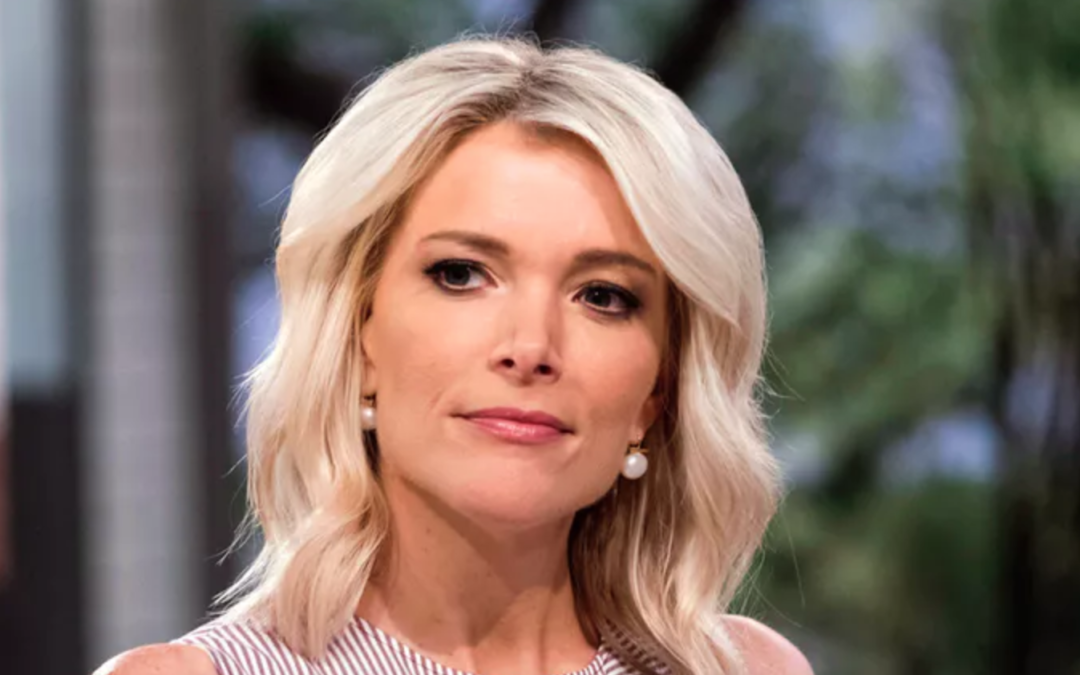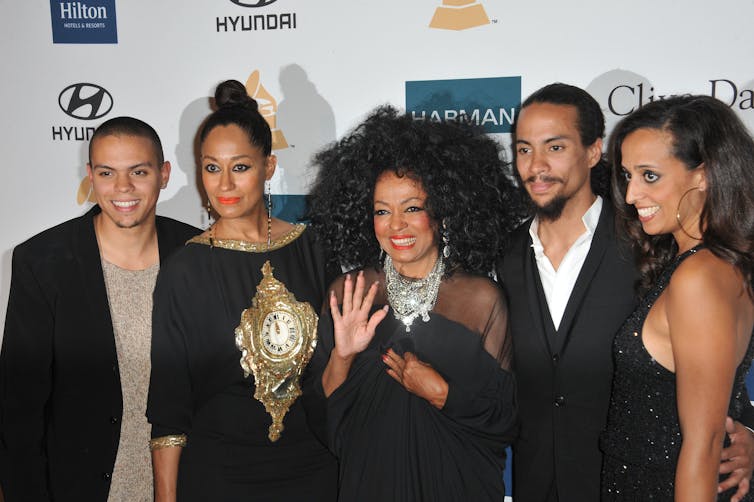
Why are we STILL explaining that blackface is racist?
Once again, another racist incident about blackface has made headlines. This time it surrounds NBC host Megyn Kelly, who apologized both on air and in a memo to colleagues after her on-air comments defending racist Halloween costumes.
During a round-table discussion about costumes on the Today show, Kelly said it was OK for white people use blackface to dress up as Black people. She defended a reality star who portrayed Diana Ross last year. “But what is racist?” Kelly asked. “ …Back when I was a kid that was OK, as long as you were dressing up as, like, a character.”
It now seems NBC will fire Kelly as a result of this incident, undoubtedly raising questions about whether such a response is an over-reaction.
Black journalists like CNN’s Don Lemon and NBC’s Al Roker have publicly indicted Kelly’s statements.
Many claim the offensive element of blackface dates back from a long time ago, and doesn’t have anything to do with today. They claim blackface costumes, especially at Halloween, are just innocent fun. What could be the harm?
What is blackface?
Blackface is the practice in which non-Black people darken their skin to deliberately impersonate, and usually to ridicule, Black people. It’s popular right now on university campuses, often during Halloween and at campus events for students.
Blackface costumes often include other paraphernalia such as wigs, fake dreadlocks or stuffed bosoms or behinds to further parody Black people. They also occasionally celebrate violence against Black people.
Though blackface is likely as old as transatlantic slavery, its use is most often associated with minstrel shows, a form of racist white entertainment in the United States that emerged in the 1820s.
The minstrels in these shows were white performers pretending to be Black. They painted their skin black with burnt cork or shoe polish, leaving wide areas around the mouth uncovered or painted red or white giving the appearance of oversized lips.
Minstrel performers would then use ungainly movement, exaggerated accents, malapropisms and garish attire to further ridicule Black people. Blackface was a deliberate attempt to represent Black people as bizarre and deviant, while appropriating their cultural forms for profit and to get a laugh.
My research has found that when used in the present, blackface still intensifies feelings of racial pleasure for those who wear it, and for their audiences. But humor is a funny thing.
What is it that makes blackface “funny” in the first place? Why are we motivated to put on costumes that appropriate other people’s bodies, experiences and lives?
Humor and racism
While we imagine that we each have individual tastes in humor, this is only to a degree. Our humor depends integrally upon the contexts in which it occurs. We rely on prevailing ways of thinking and common understandings of what things mean. These “shared ideas” make us fairly certain that others will find our jokes funny. No one wants to laugh alone.

Megyn Kelly defended a white reality TV star who dressed up as Diana Ross, calling her a ‘character.’ Here Ross and her family are seen at the 2012 Clive Davis pre-Grammy party at the Beverly Hilton Hotel. Paul Smith/Shutterstock
The United States and Canada have several distinctive ways of thinking about racialized people — both historically and in the present. Ongoing settler-colonial relationships continue to define us.
These are relationships where settlers perpetuate ideas that Indigenous peoples are dead or dying out. This makes them a part of history, but not the present, and helps to justify settler access to Indigenous land.
Similar relationships portray non-Black racialized groups as perpetually foreign, and culturally inferior, never able to belong to the nation.
Many racially charged Halloween costumes are fueled by these ways of thinking. Costumes that appropriate Indigenous culture, portray them as part of the past, or, worse, in “cowboy and Indian” scenes, reflect settler ideas that Indigenous people no longer exist. If they no longer exist, they cannot contest settlers’ claims to the land.
Costumes of sheiks, geishas or Mexicans in sombreros emphasize the foreign-ness and ostensible absurdity of non-Black racialized groups.
The “humor” and allure of these costumes flow directly from investment in settler-colonial relationships. It matters little whether those who engage in this kind of costuming understand the implications, or say that they wear them as tribute. Racist humor pushes the limits of acceptable racial discourse.
Blackface, settler-colonialism and slavery
Settler-colonial relationships and the history of slavery also influence how Black people are regarded today. These relationships attempt to place Black life outside the realm of the human. Philosopher Sylvia Wynter argues Black folk are construed as property — unworthy of human dignity. These ideas are normalized and impact the way Black people are treated with disregard and profound violence.
Blackface costumes play on these historical relationships. They make the Black body property to be appropriated and discarded. They portray Black people as thugs, as worthy of death or make Black people’s bodies into spectacle. They celebrate the dehumanization of and disregard for Black people.
Heightening this effect is the way in which blackface is practiced despite Black objection. Even if they claim not to know about minstrel shows, very few people who wear blackface nowadays are unaware of the fact that it is a racially edgy form of costuming, or that many Black people object to it.
In wearing blackface, they, like Kelly, defend it despite these objections instead of trying to find out why Black people find it offensive. Doing so dismisses Black people’s perspectives and insists instead that their interpretations prevail.
Worse yet, this kind of racist expression is frequently defended as free speech. What is accomplished by defending the ostensible humor and fun of blackface?
Humor has always been a vehicle for expressing racism. While minstrel shows did so overtly, humor has currently become an important tool for covertly expressing racism when overt racism is, at least officially, frowned upon.
Those engaging in racist humor propagate racist ideas at the same time as they deny the racism by saying: “Lighten up! We’re only joking.” We saw this frequently with internet memes and political cartooning directed against Barack Obama.
In fact, in recent years, the far right has become quite adept at using racist humor to air racist ideas. This makes claims that “I was not aware” largely irrelevant, if not suspicious.
Even when apologies follow, the damage has been done. It is much like removing a nail from a piece of wood. It never repairs the damage.
The circulation of these ideas bolsters the increasing global racial nationalism of our day. So it is actually a much larger issue than people failing to be sensitive because Black people cannot get over the past.
Rather, the issue is the denial and furthering of racist relationships in the present. Efforts to defend blackface and justify other racist expressions erase the racism of the past and, crucially, protect the racism of the present.
They also serve to delegitimize Black opinion, and anyone who objects to racist humor. These “jokers” label dissenters as oversensitive and politically correct. This plays into the same disregard of Blackness that blackface represents. These effects must be taken seriously if we wish to push back against the ways in which racist narratives and practices are becoming increasingly normalized in our day.![]()
Philip S. S. Howard, Assistant Professor of Education, McGill University
This article is republished from The Conversation under a Creative Commons license.
